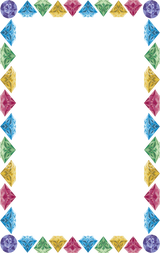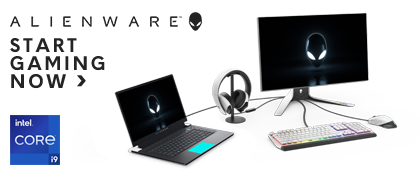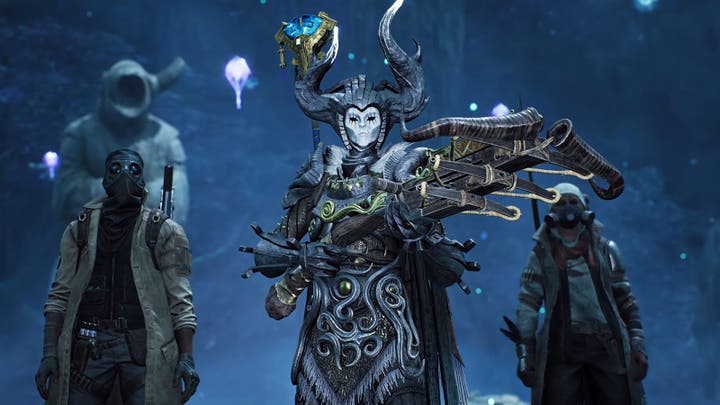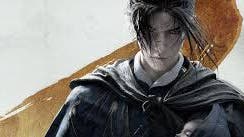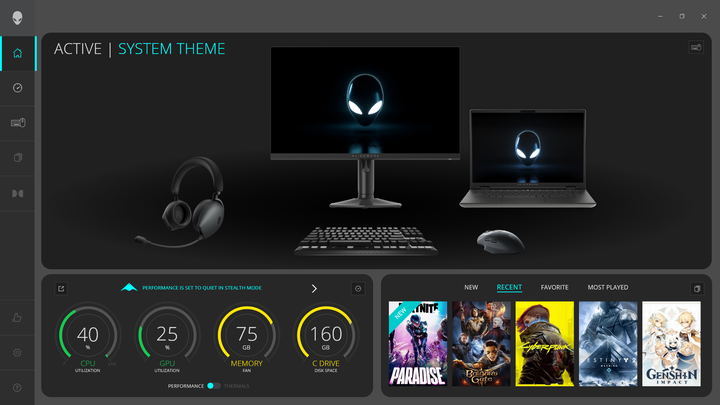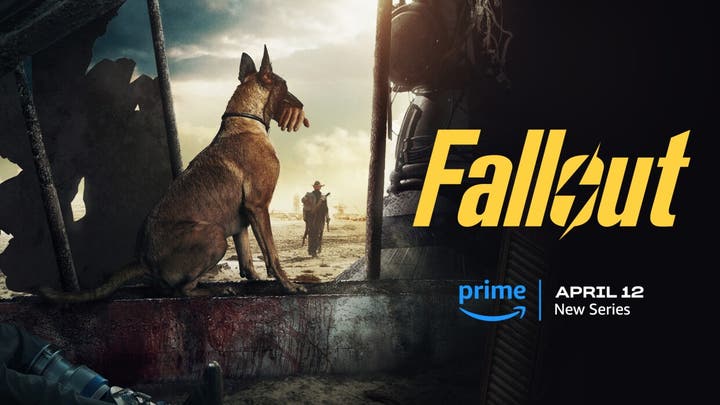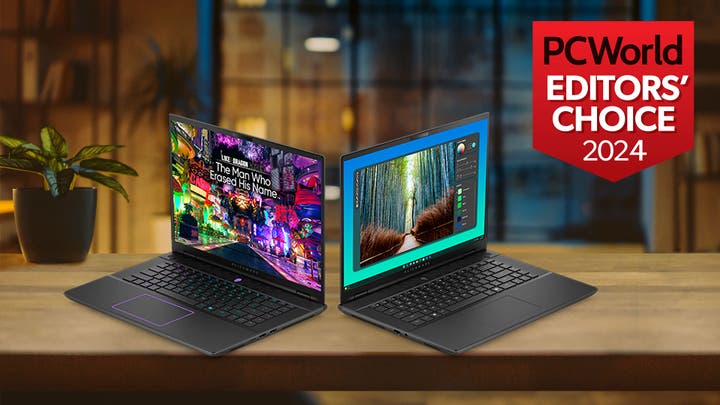What Is Ray Tracing? The Latest Gaming Buzzword Explained
Attendees of this year’s E3 Expo were introduced to a new gaming buzzword to watch out for in future gaming releases “Ray Tracing”. Microsoft, NVIDIA and AMD all gave presentations at E3 promising their newest releases will all be utilizing this technology. Gotta have it, need to have it, why don’t I have this already?!? But, what is Ray Tracing exactly?
Vendors are always promising gamers that their astounding new tech is going to change the face of gaming forever. Ambient occlusion, morphological anti-aliasing, adaptive vertical synchronization… how did we ever live without them? Also, do I have them? Where can I get them?
Honestly, unless you are personally running benchmark tests and crunching the numbers yourself, the average gamer would never notice the anti-aliasing method in use or the subtle vertical synchronization techniques being employed in their favorite game. Ray tracing may be different. Unlike many of the new tech buzzwords thrown around by vendors Ray Tracing might actually be a game changer.
Hollywood and the movie industry have been employing Ray Tracing technology since the late 1960’s to simulate realistic lighting and shadows. However, the power required to render and process each frame has remained solely in the hands of those who could afford the massive compute power and sheer time required to process these effects, and certainly not in real time the way gaming requires. Hollywood can take as much as 24-48 hours to render one Ray Traced frame. However, gaming needs that same frame rendered in milliseconds. The next generation of graphics chips will change this dynamic.
Most current video game lighting effects are baked into the game itself. Reflections, shadows, bloom and lens flare are primarily hard coded into the scene. It is static and uniform, and therefore more likely to be wrong. Ray Tracing however is reactive to the viewer and ray traced light “begins at the viewer… and moves outward” toward the light source. This technique is much more efficient at rendering realistic lighting and the newest graphics chips sets expected out on the market will be able to process this lighting technique with ease, bringing the most life-like lighting to your favorite games.
There are already graphics cards on the market which are introducing ray-tracing technology to the gaming community. Of course, these graphics options can be expensive with up to $1500 price tags for some graphics cards utilizing this new technology. So, it might be a while before this ground-breaking tech becomes standard issue for graphics cards. Both Microsoft and PlayStation have announced their next generation of consoles will have ray-tracing technology… but that is down the road.
There are a few current games on the market which include Ray Tracing technology. “Battlefield V, Metro Exodus, and Shadow of the Tomb Raider, as well as upcoming titles like Cyberpunk 2077 and Wolfenstein: Youngblood,” all have this new tech included already. If you have these games and you can afford a NVIDIA RTX graphics card, then you are already living in the future and you can experience Ray Tracing technology right now. For the rest of us on a budget it might be awhile before this new tech becomes universal and ubiquitous. But, according to almost all of the vendors at E3, it is coming soon, and it will be game changing.
